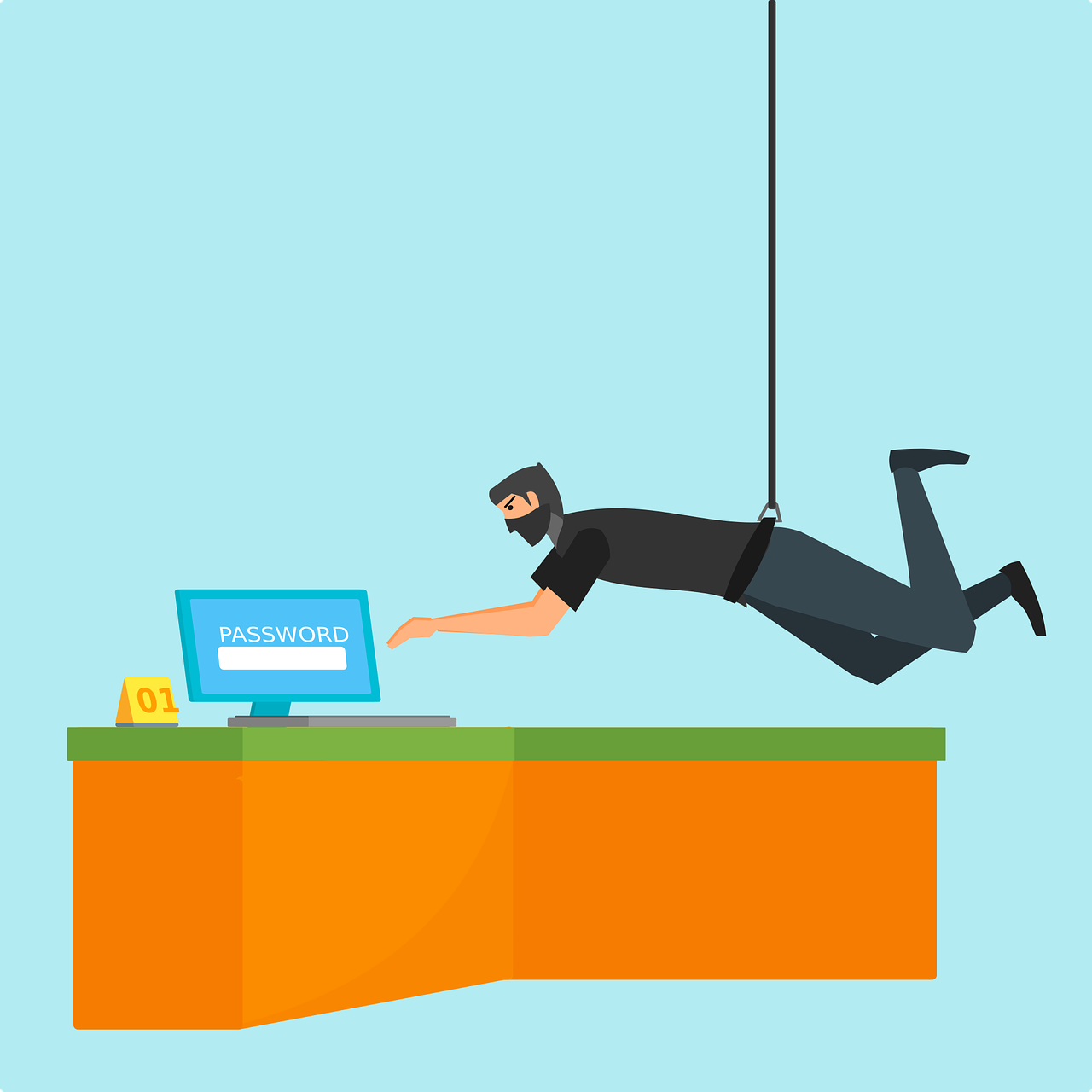
Password managers keep our online accounts safe. They store all our passwords in one place. But are they hackable? What Are Password Managers? Password managers are like digital vaults: they save all your passwords inside themselves. You need only remember one master password, of course. This makes keeping a lot of accounts much easier to handle. How Do They Work? You make one main password. The manager scrambles your passwords. What this means is, it changes them into an unreadable format without a key. Why Use Them? People use password managers out of convenience and security. One single factor is…
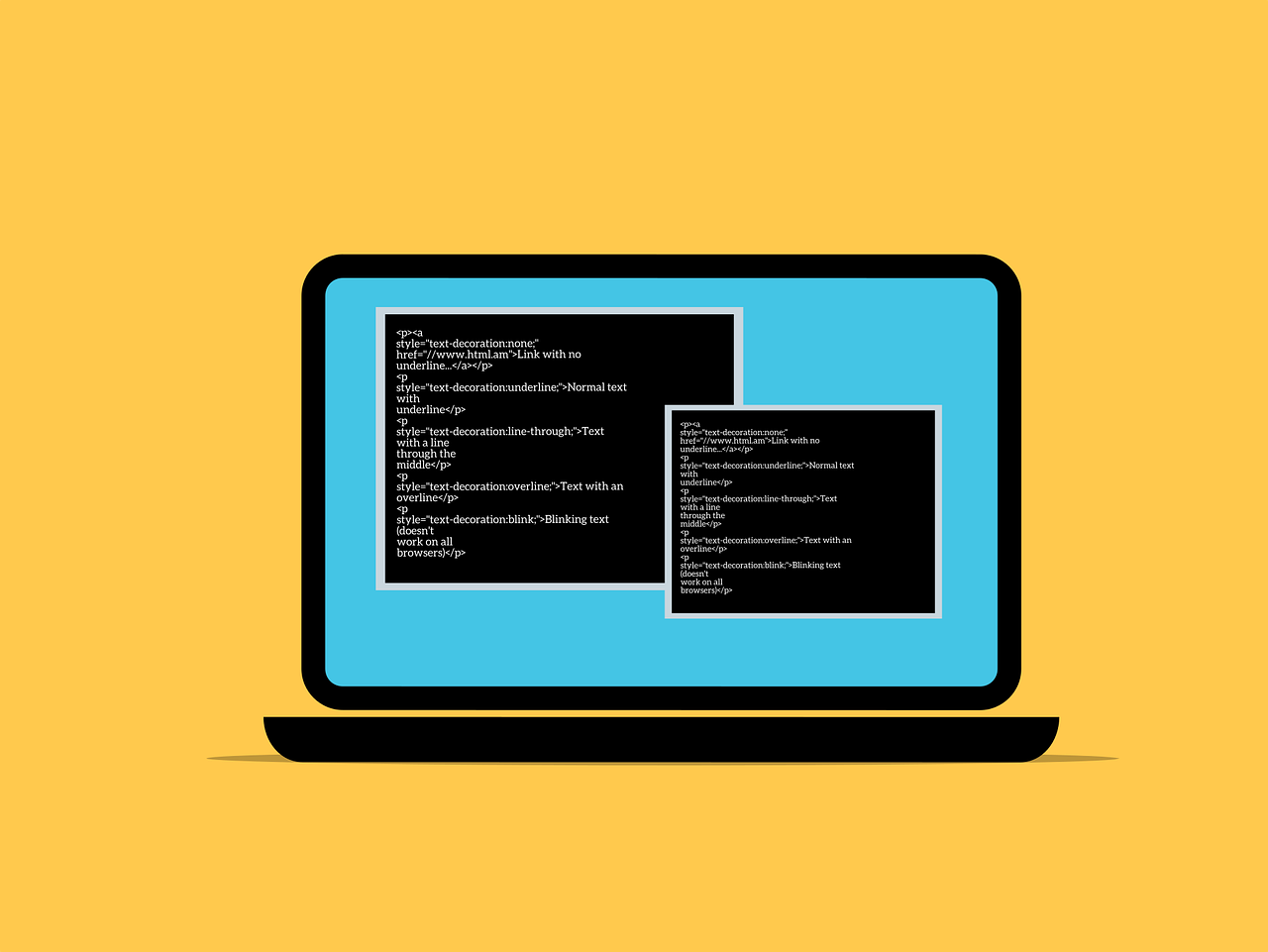
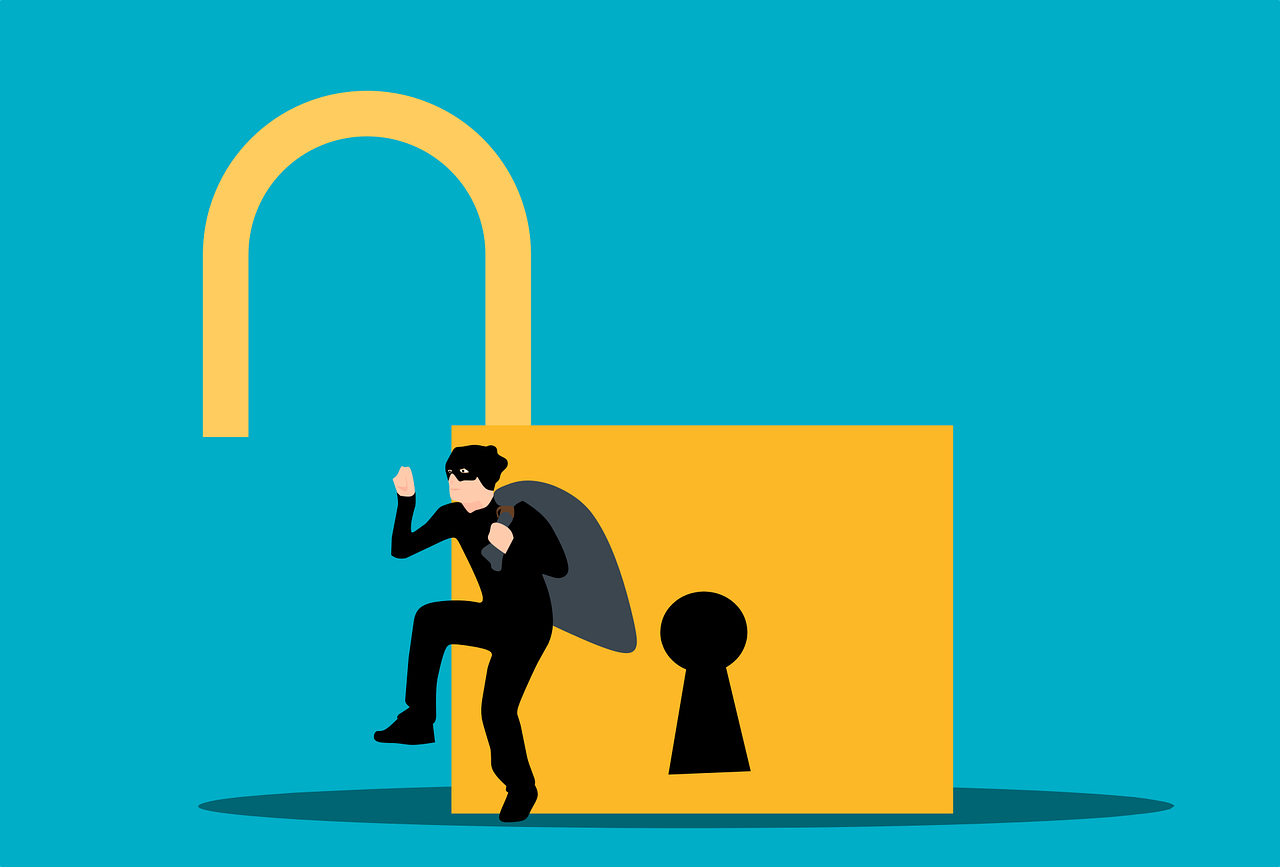
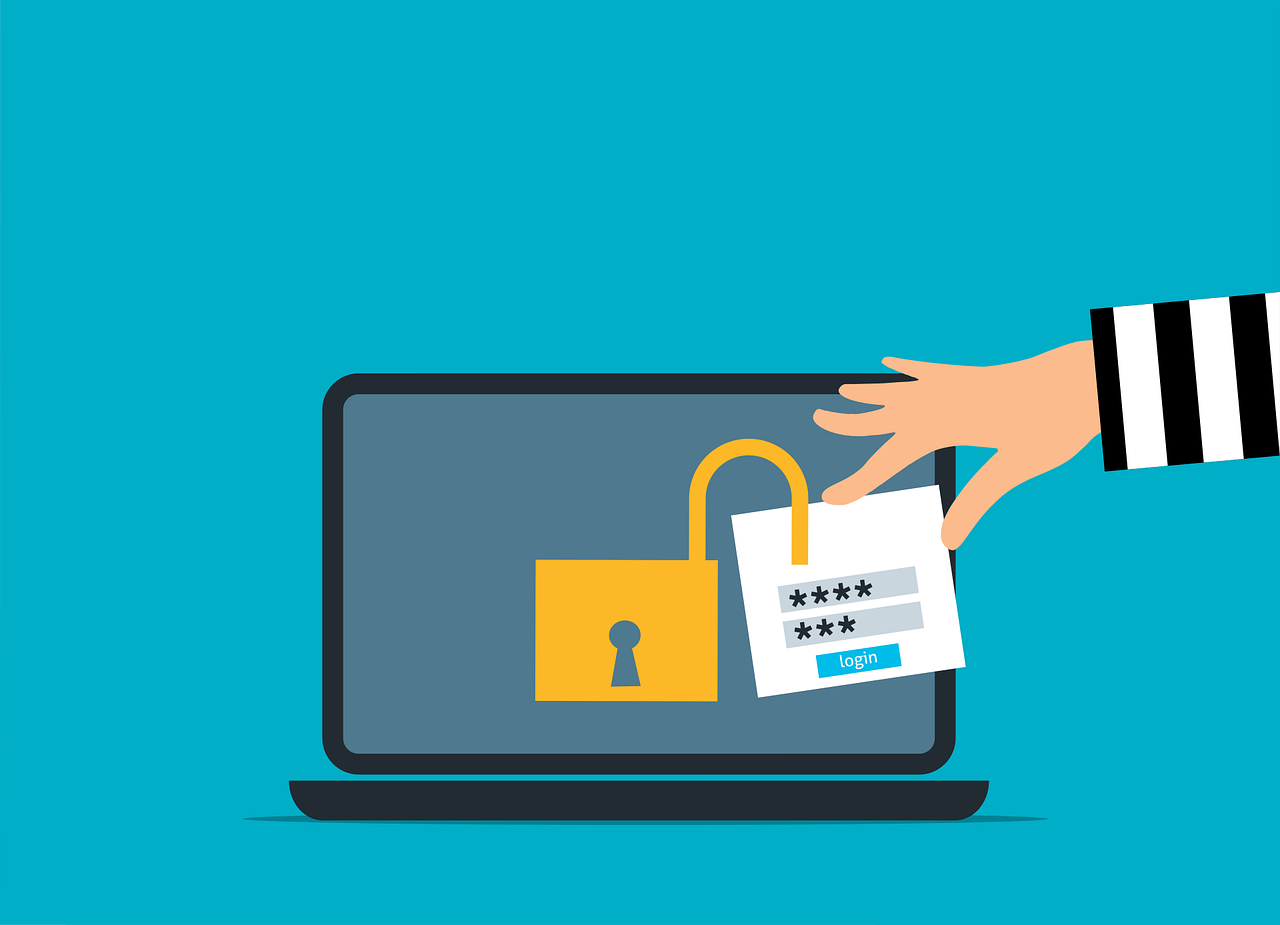
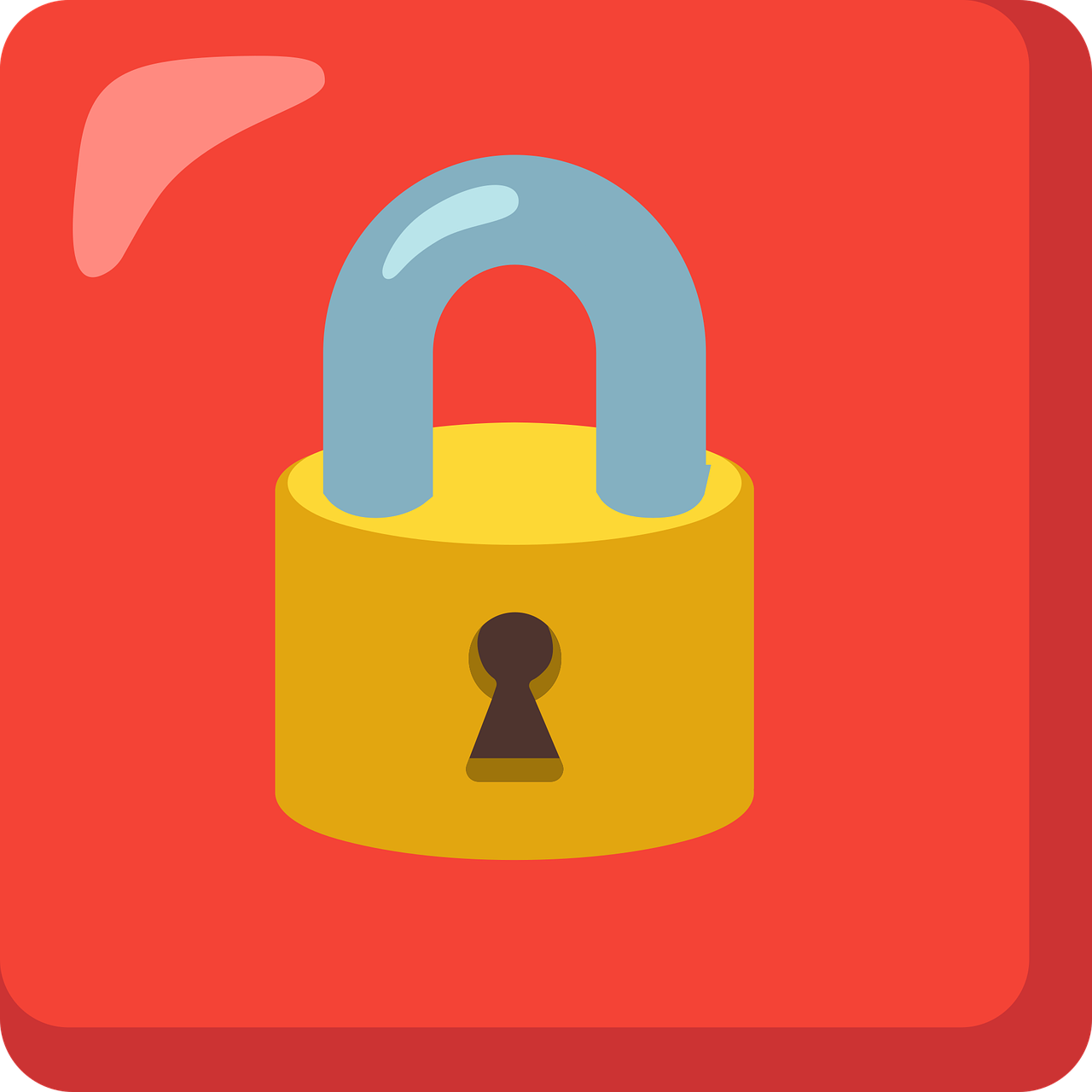
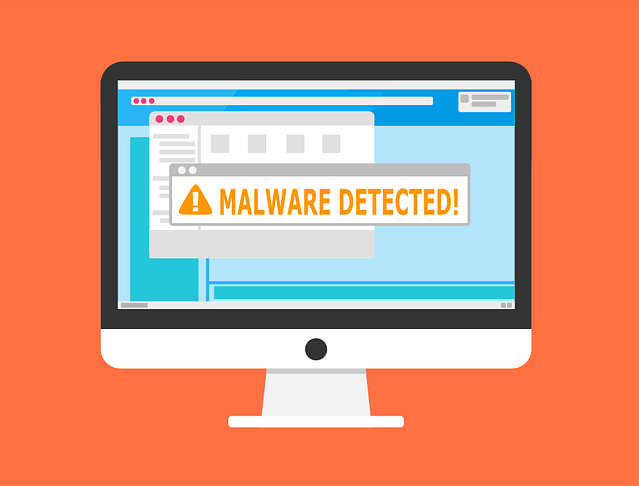
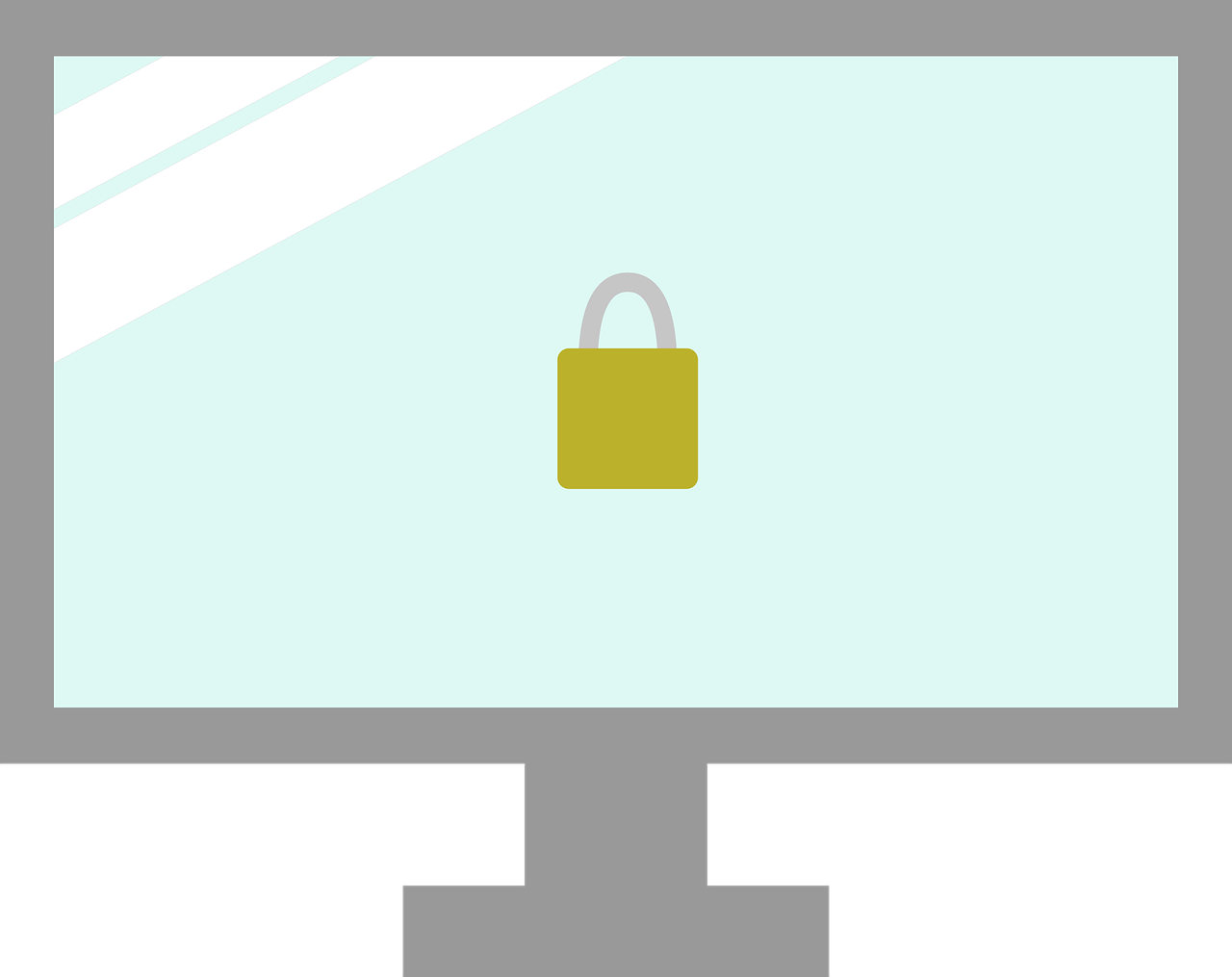

Recent Comments